
Patient Achieves Remission With CAR-T Cell Therapy for Aggressive Brain Tumors
A case study published in the December 29 issue of the New England Journal of Medicine outlines the results of a patient treated with his own genetically modified CAR-T cells, using central memory T cells, a stem-cell-like... read more
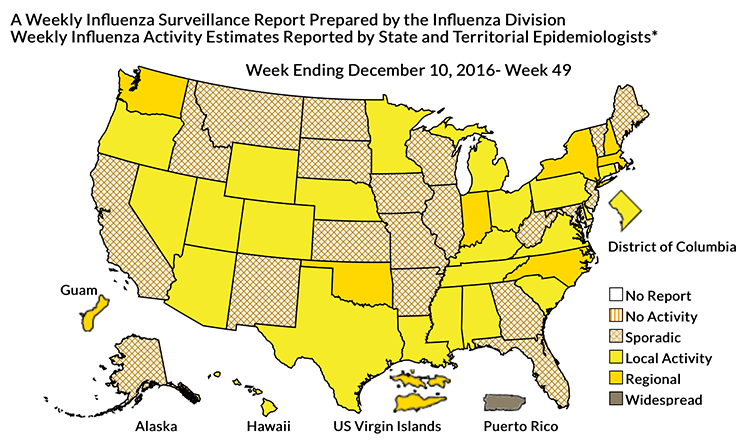
Triple therapy for influenza with naproxen, clarithromycin, and oseltamavir?
Antiviral therapy for influenza is a sore subject. Oseltamavir was initially felt to be a silver bullet. Unfortunately, it turned out that its efficacy was overblown by publication bias. Discordance between guidelines, practice,... read more

ECG Accuracy Raised by Placement of Electrode Patch
A single-use patch that ensures the uniform placement of electrocardiogram (ECG) leads cuts down on inaccuracies and saves time. A new study to evaluate CQP placement found a significant difference between the minimum time... read more
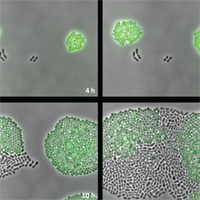
Antibiotic Resistance just became more complex
Bacteria that are susceptible to antibiotics can survive when enough resistant cells around them are expressing an antibiotic-deactivating factor. This new take on how the microbial context can compromise antibiotic therapy.... read more

Normal Saline as Resuscitation Fluid in Critically Ill
The study of Van Regenmortel et al. indirectly underscores growing equipoise in the expert medical community regarding the presumed harmful effects of NS compared with balanced crystalloids. Future studies, such as the ongoing... read more

Pain Sensitivity Plays a Role in Unrecognized Myocardial Infarction
People who experience unrecognized or silent myocardial infarction may have reduced pain sensitivity compared with those whose Myocardial Infarction is noticed, according to the results of a study recently published online... read more

Meta-Analysis of Therapeutic Hypothermia for Traumatic Brain Injury
Therapeutic hypothermia is likely a beneficial treatment following traumatic brain injuries in adults but cannot be recommended in children.... read more

New Blood Draw Protocol can reduce risks for pediatric patients
Researchers report that implementing a checklist-style set of procedures appears to cut almost in half the number of potentially unnecessary blood culture draws in critically ill children without endangering doctors'... read more

Professor Wins Outstanding Investigator Award for Lung Disease Antioxidant Studies
The National Heart, Lung and Blood Institute (NHLBI) has named the recipient of its inaugural Outstanding Investigator Award: Yvonne Janssen-Heininger, PhD, professor of pathology and laboratory medicine at the Larner College... read more
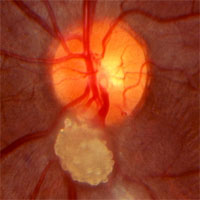
Seizures Prior to Diagnosis of Tuberous Sclerosis Complex
Seizures were a condition commonly experienced by patients prior to diagnosis of TSC; understanding the initial diagnoses experienced by TSC patients may help lead to earlier diagnosis and treatment of TSC. Many patients... read more

Better Skin Grafts After Research on Sweat Glands
Scientists at Rockefeller University have identified the molecular underpinnings that guide the formation of both hair follicles and sweat glands, finding that two opposing signaling pathways, which can suppress one other,... read more

Disease Causation Index Established By New Mathematical Model
Patients with complex diseases have a higher risk of developing another. Multi-morbidity represents a huge problem in everyday clinical practice, because it makes it more difficult to provide successful treatment. By analysing... read more
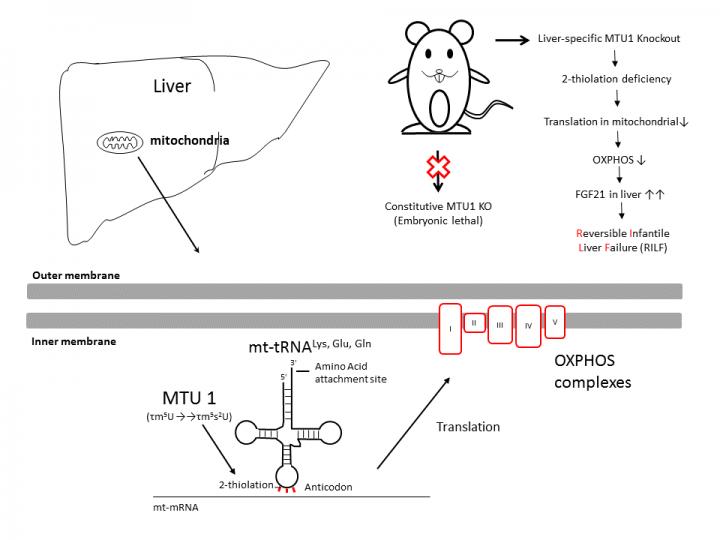
New Study on Molecular Mechanisms Involved in RILF
Reversible infantile liver failure (RILF) is a heritable mitochondrial condition that causes severe liver dysfunction in infancy, but those who survive the acute stage typically recover and have no further problems. In work... read more
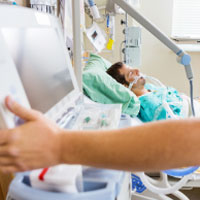
The CAPCRI study on Semi-recumbent positioning
The CAPCRI study(3) conducted by Mireia Llaurado and her team had three aims: to evaluate real semi-recumbent position compliance and degree of head-of-bed elevation in Spanish intensive care units, to describe the relationship... read more

Tackling Antimicrobial Resistance
Antimicrobial resistance happens when bugs, like bacteria, fungi or viruses, change, or evolve, when they’re exposed to drugs, like antibiotics, antifungals, or antivirals. Bugs that develop antimicrobial resistance are... read more











